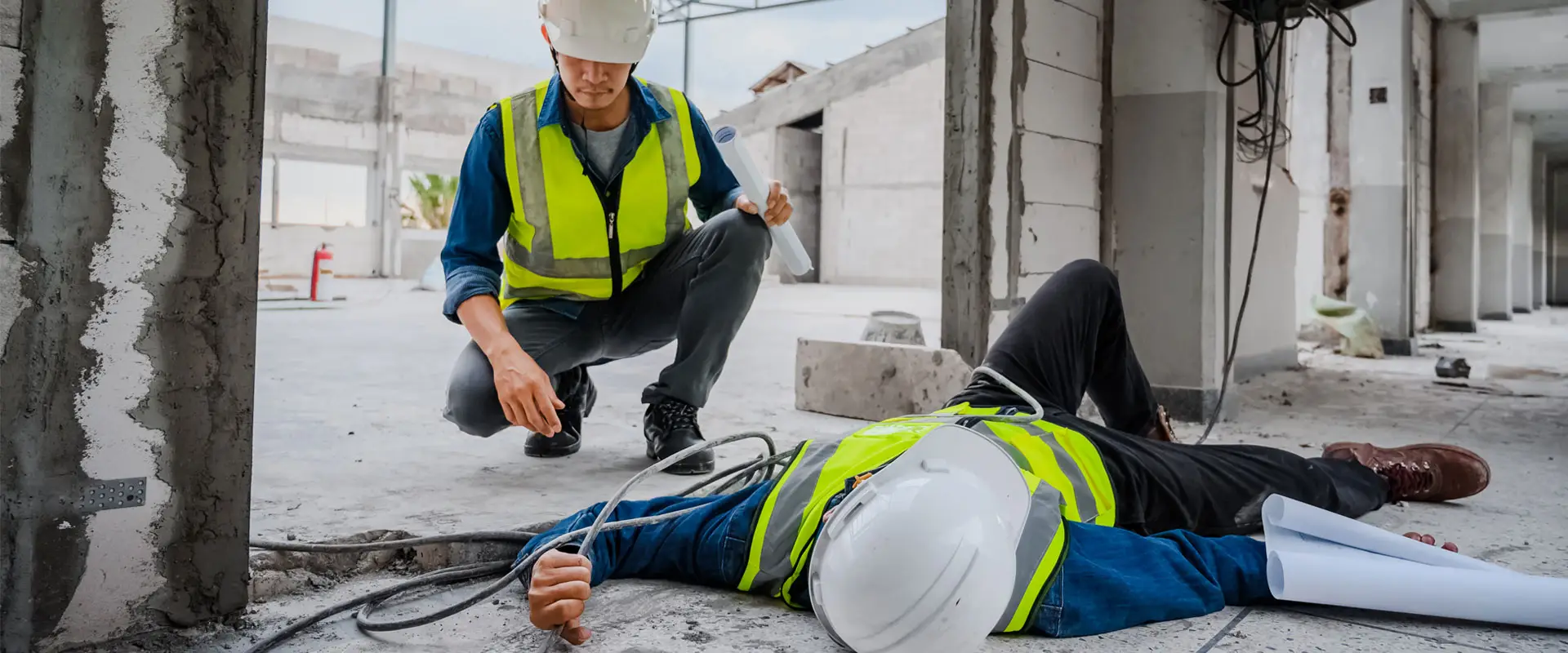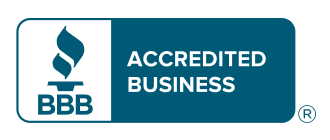According to OSHA standards, employers are required to protect their workers from hazards at their jobsites and during their work hours. Employers must first look to engineering and administrative controls to remove or reduce hazards. These controls include things like providing protective guards or limiting the time that employees spend doing a certain task. If the hazards cannot be prevented this way, then employers must provide their employees with PPE.
PPE (personal protective equipment) is equipment designed to minimize a worker’s exposure to hazards. It includes things like hard hats, ear plugs, face shields, and more. Choosing the right PPE for the job is more than just deciding that all workers need hard hats. You must ensure that the correct hat style is chosen and that workers know how to wear it properly.
Let’s look at what employers need to know about choosing and providing PPE for their workers.
Who is responsible for buying PPE?
As part of their overall responsibility to protect workers from hazards while at work, employers are responsible for providing proper PPE to suit the hazards present on the job. But just providing the equipment isn’t enough. Employers are also responsible for assessing the hazards on the job, identifying and providing proper PPE for those hazards, training workers on the proper use and maintenance of PPE, maintaining the equipment, and reviewing/evaluating/updating their PPE program as needed.
Employees are responsible for properly wearing and using PPE, attending training sessions, caring for and cleaning the equipment, and informing their supervisor if equipment needs repairs or to be replaced.
Choosing the right PPE for the job
Choosing the right PPE for your workers is a three-step process: assessment, selection, and training.
1. Assessment
Employers are responsible for inspecting job sites for potential hazards. Here are some potential hazards to be on the lookout for:
- Fall hazards
- Impact
- Penetration
- Compression (roll-over)
- Chemicals
- Heat/cold
- Harmful dust
- Light (optical) radiation
- Biological
The hazard assessment must be documented and reviewed as site conditions change. Document the following: identify the site evaluated, name of person performing the assessment, date, and certification of the completion of the assessment.
2. Selection
Once all hazards are identified, the employer must then choose the best PPE to protect workers. They must learn about the various equipment available and the levels of protection each provides. Equipment selection should be based on whether the equipment meets standards set by OSHA and ANSI, whether it fits well and is comfortable, and its compatibility with other PPE that workers must wear.
3. Training
Workers must be trained on how to properly wear, use, and maintain each piece of equipment. They need to know when to wear it, what to wear, how to properly use it and wear it, its limitations, and procedures for care, maintenance, and disposal.
Types of PPE
There are a wide variety of equipment types that can be used to protect workers from various hazards. Some of the most popular in construction include:
- Eye and face protection – This includes glasses, goggles, welding shields, laser goggles, and face shields. This type of PPE is meant to protect workers from flying particles, molten metal, liquid chemicals, acids and caustic liquids, gases or vapors, or potentially harmful light radiation. Equipment must meet the requirements of ANSI Z87.1-2010, ANSI Z87.1-2003, or ANSI Z87.1-1989(R1998).
- Head protection – This includes hard hats, which come in three classes: A, B, and C. Hard hats must protect workers from objects falling from above, fixed objects like beams or pipes, and electrical hazards. Class A hats provide impact resistance with limited voltage protection (up to 2,200 volts). Class B provides high protection again electrical hazards (up to 20,000 volts) and protection from impacts. Class C are for lightweight impact protection and provide no electrical protection. Hats must comply with ANSI Z89.1-2009, ANSI Z89.1-2003, or ANSI Z89.1-1997 standards.
- Foot/leg protection – This includes protective shoes and foot/toe guards. This equipment protects workers from static shock, dropped materials, and excessive heat. Protective footwear must comply with ASTM F-2412-2005, and ASTM F-2413-2005, ANSI Z41-1999, or ANSI Z41-1991.
- Hand/arm protection – This includes gloves and finger guards, which protect workers from chemicals, cuts, scrapes, abrasions, electrical dangers, and amputations. Gloves can be made of many materials, including leather, canvas, metal mesh, fabric, chemical and liquid resistant materials, and insulating materials.
- Protective clothing – This equipment provides protection from extreme heat and cold, splashes of molten metal or chemicals, and potential impacts from tools, machinery, or materials. It includes clothing such as coveralls, vests, jackets, aprons, and full body suits.
- Hearing protection – This includes earmuffs and ear plugs. Hearing protection may be required depending on the noise level and duration of exposure.
- Personal fall protection system – This includes harnesses, lanyards, and complete personal fall arrest systems. These components must be regularly inspected for defects and damage before each use, and must be disposed of after activation.
For more information on OSHA’s requirements for PPE selection, see Publication 3151-O2R 2023.
Employers are responsible for hazard assessment, providing PPE, and training workers on the proper care, use, and maintenance of each piece of equipment. Training should include not only what equipment to wear and how to wear it, but when PPE should be used. Failing to properly train workers can lead to potential injuries or illnesses, which could cost businesses time and money.






